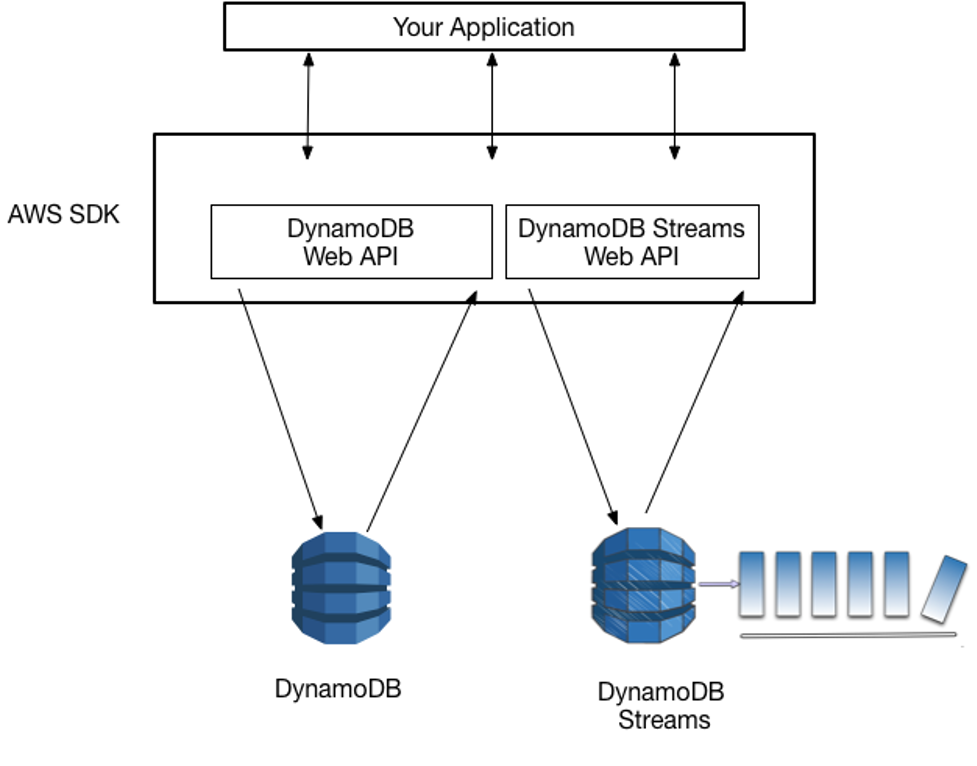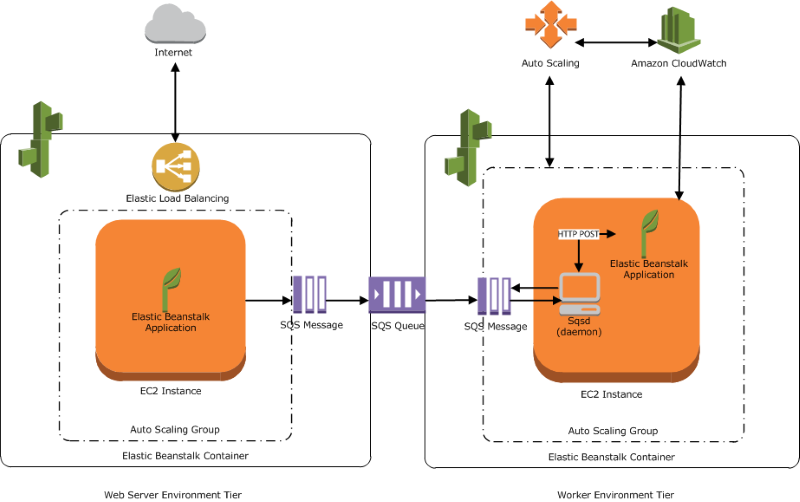Introduction
Modern applications require little downtime, excellent scalability, and quick performance. Conventional relational databases frequently find it difficult to meet these demands, particularly when handling enormous volumes of unstructured data. Here’s when Amazon DynamoDB is useful.
Amazon Web Services (AWS) offers a fully managed NoSQL database solution called DynamoDB. It is made to function well at any size without forcing developers to be concerned about infrastructure management.
What is DynamoDB
Amazon DynamoDB is a serverless, key-value, and document database. It can store and retrieve any amount of data while handling millions of requests per second. Being a managed service, AWS takes care of:
- Server provisioning
- Scaling (up or down)
- Backups
- Security
- High availability
This allows developers to focus on building applications rather than managing database operations.
Key Features of DynamoDB
- Scalability: Adapts to workloads by automatically scaling up or down, from a few requests per day to millions per second.
- Performance: Offers reliable, one-digit millisecond reaction speeds.
- Flexible Data Model: Facilitates document-based and key-value storage.
- Fully Managed: You don’t have to worry about patching, servers, or storage.
- High Availability & Durability: To ensure dependability, data is duplicated across several Availability Zones.
- Integrated Security: Provides encryption both in transit and at rest.
- Connectivity: AWS Ecosystem integrates easily with services such as S3, Lambda, and API Gateway.
Core Components
To understand DynamoDB, let’s break down its structure:
- Table – A collection of data, similar to a table in relational databases.
- Item – A single record in a table (similar to a row).
- Attributes – Data elements within an item (similar to columns).
- Primary Key – A unique identifier for each item. This can be:
- Partition Key (unique attribute)
- Partition Key + Sort Key (composite key)
- Partition Key (unique attribute)
Step by Step procedure for creating DynamoDB
Step1: Create the DynamDB Table
- Make sure you are in the US East (N. Virginia) us-east-1 Region.
- Navigate to the DynamoDB page by clicking on the Services menu at the top. DynamoDB is available under the Database section.
- Click on Create table button.

4. Table Name: Enter devopshorizontable
5. Primary key: Enter companyid and select Number
6. Add sort key: Enter name in the respective field and select String.
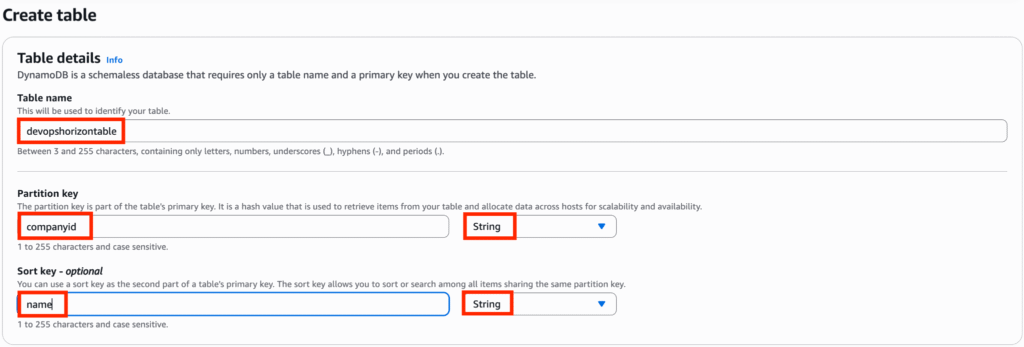
7. The combination of a Primary Key and a Sort Key uniquely identifies each item in a DynamoDB table.
8. Leave all the other settings as default and then click on Create table.

Step2: Inserting Data into DynamoDB
- Next, we are inserting data in the table we created.
- Select devopshorizontable and then Click on the Explore table items button.
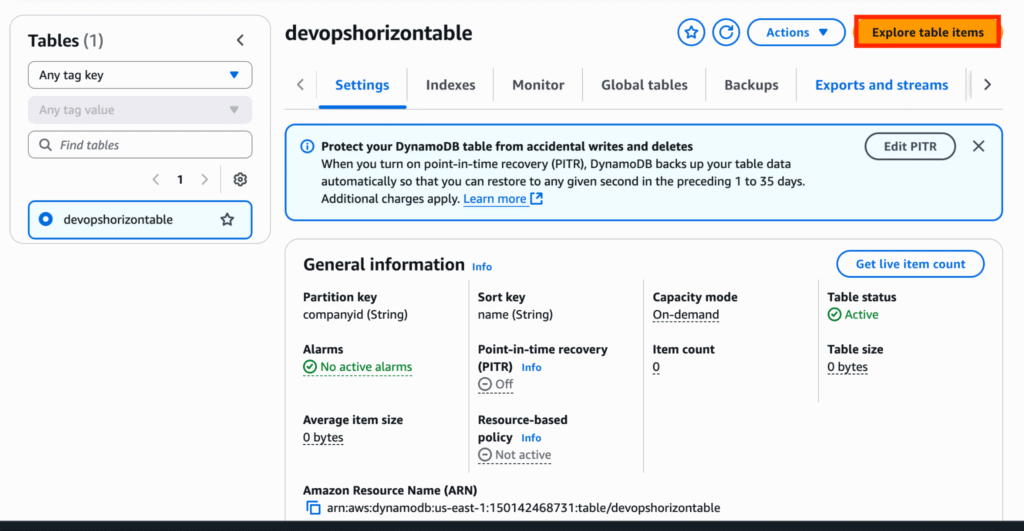
3. Now click on the Create item button.
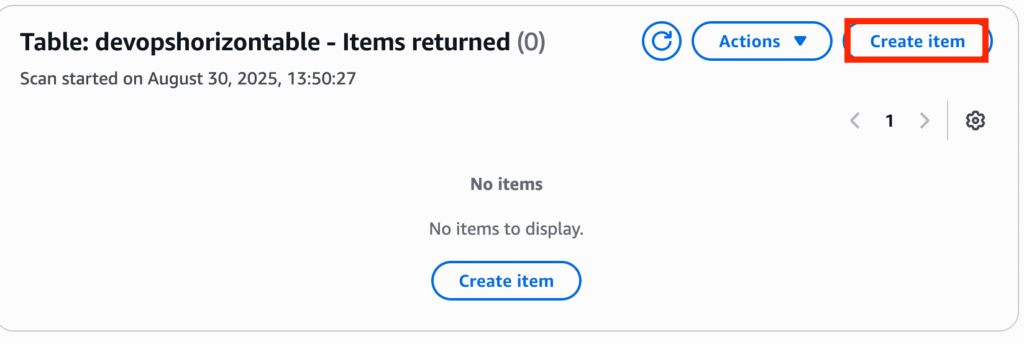
4. Add new primary key and sort key values.
companyid : Enter 1
name : Enter John
5. After entering the data, click on the Create item button, present on the right bottom corner.
6. For testing purposes, add 4–5 items as shown in the above step and click on the Create item button.

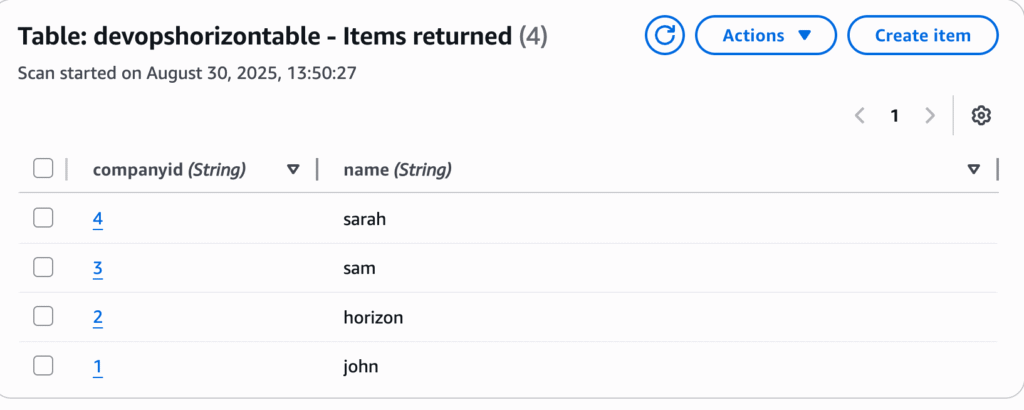
Step3: Search for Items in the Table
- We will query the items in our table by using scan.
- Select Query
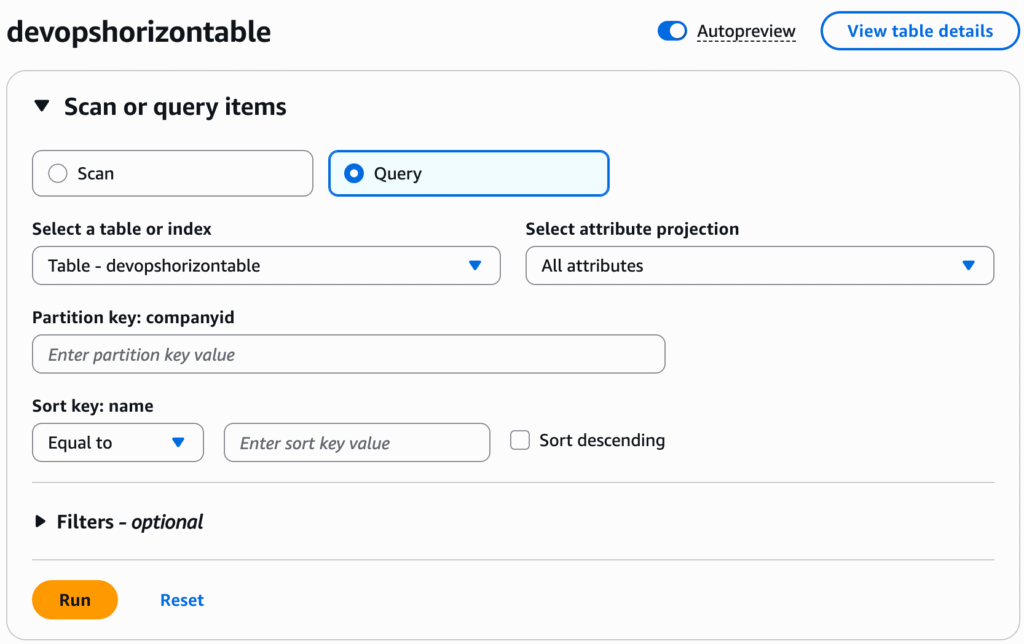
3. In the query window, enter the partition key and sort key which you want to search.
- Partition Key = Enter 4
- Sort Key = Enter Sarah
- Click on Run.
4. You will be able to see a result table with your filtered records. A sample screenshot is given below:
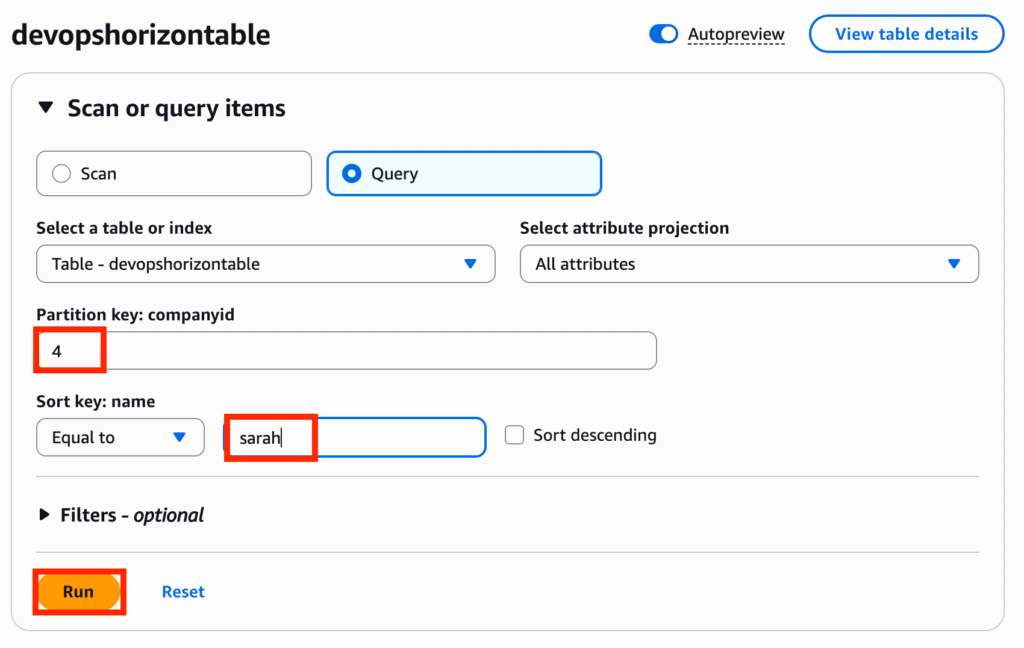

Use Cases of DynamoDB
DynamoDB is widely used in industries where scalability and speed are critical. Some common use cases include:
- E-commerce – Managing product catalogs and shopping carts.
- Gaming – Keeping track of game states, leaderboards, and player profiles.
- IoT Applications – Managing massive sensor data streams.
- Mobile Apps – Keeping track of user preferences and sessions.
- Financial Services – Real-time transaction processing.
Conclusion
Applications that require dependable, quick performance at scale can benefit from Amazon DynamoDB, a robust, fully managed NoSQL database. Whether you’re developing an Internet of Things application, a gaming backend, or an e-commerce site, DynamoDB offers the simplicity, scalability, and dependability required to produce contemporary applications.
For serverless and highly scalable solutions, DynamoDB is a fantastic database to investigate if you’re just getting started with cloud computing. Follow DevOps Horizon for more blogs on Cloud and DevOps.

